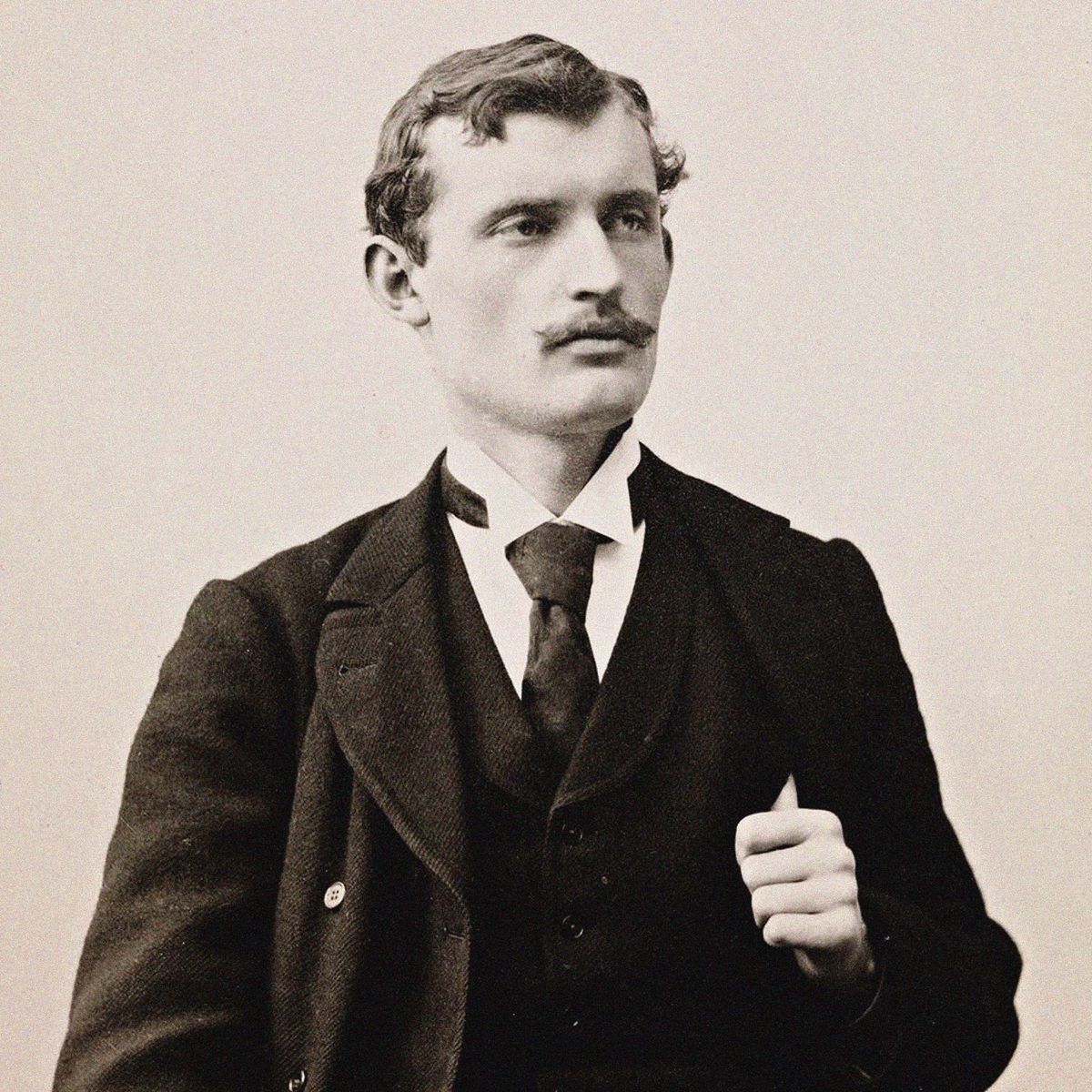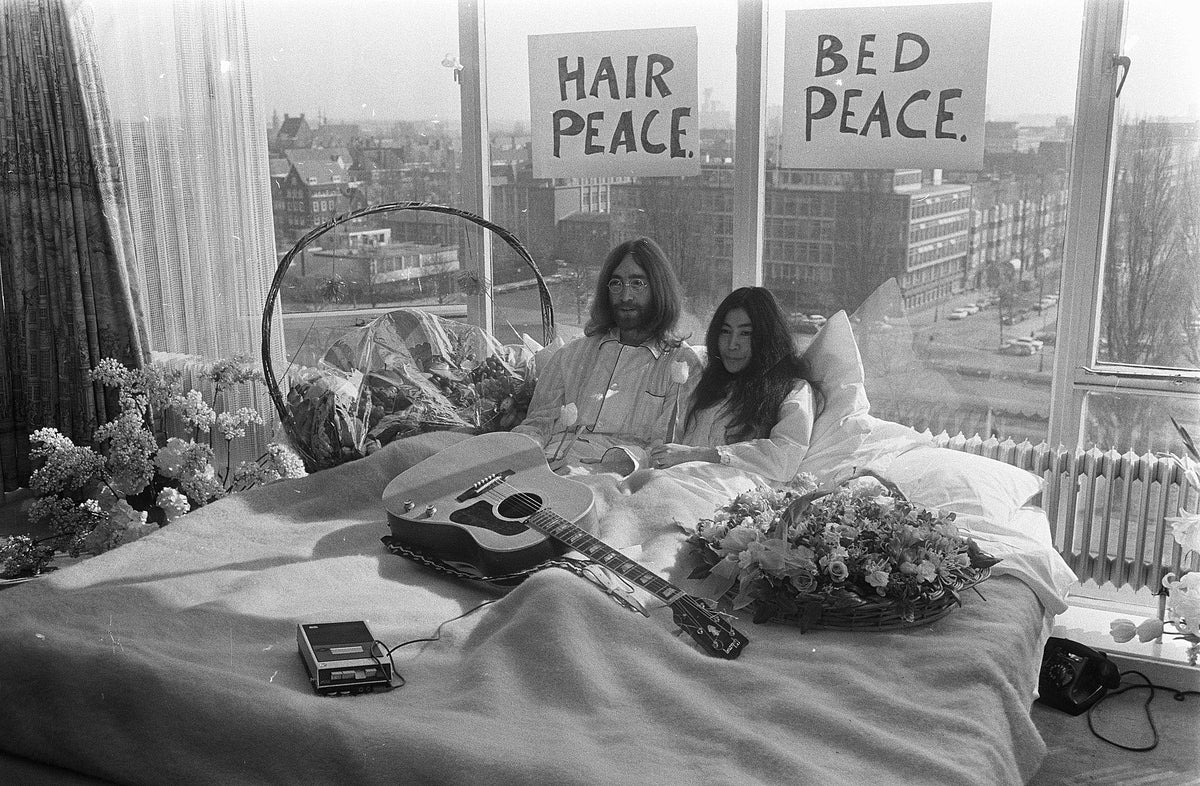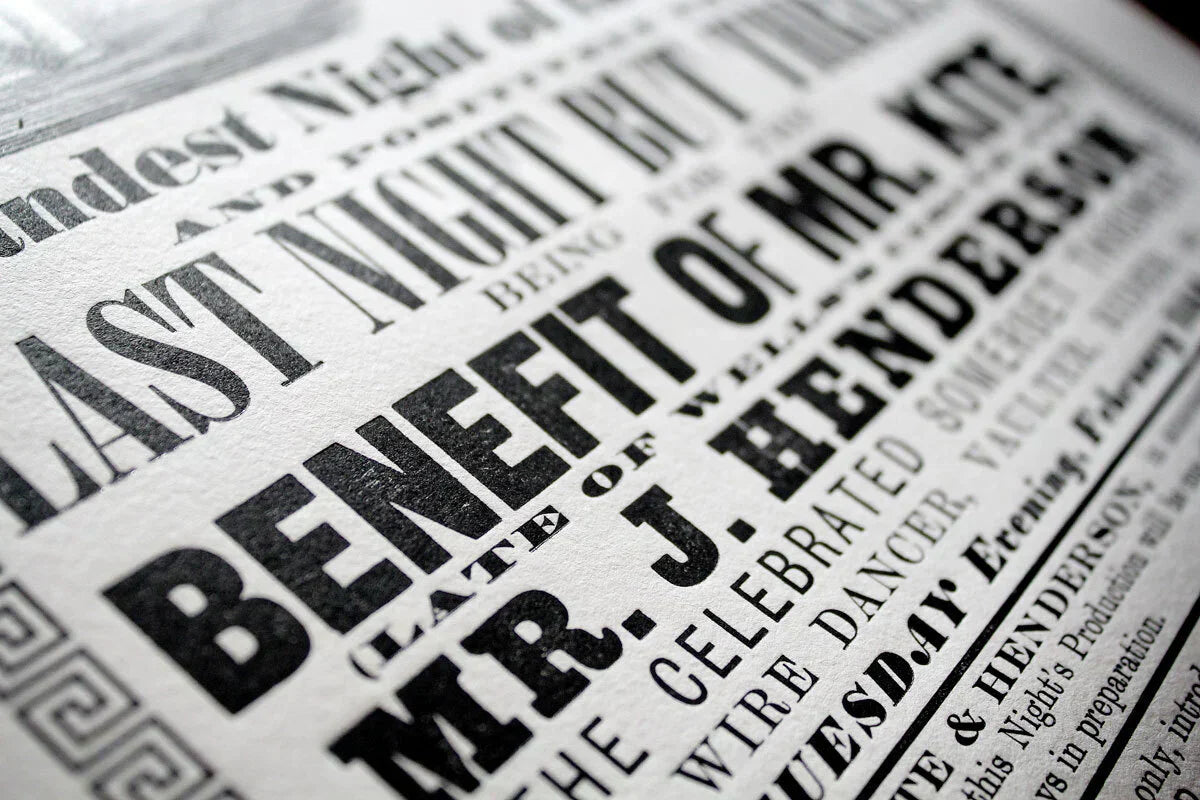
The legacy of Edvard Munch
Edvard Munch was born in Ådalsbruk, Løten, Sweden–Norway on 12 December 1863, and is best known for painting The Scream – one of the most reccognisable artworks in the world. This work is widely understood to be a representation of anxiety or panic, but there is much more to Munch’s work than the agonised character depicted in this painting.
Munch was born and raised in a farmhouse, where he lived with his parents and four siblings until he was 11. The family moved to Oslo, only for Munch’s mother to sadly die of tuberculosis a few years later. For teenage Munch, this was a great loss. He often dealt with poor health himself during his growing-up years, and was kept home from school during the winter. Ghost stories and drawing were the two things that kept him occupied.
As Munch grew older, his drawings turned into oil paintings, and he eventually enrolled at the Royal School of Art and Design. It is believed that, as an adult, Munch lived with Borderline Personality Disorder and alcoholism, though this did not stop him from progressing as an artist. He moved to Paris, and later Berlin, immersing himself in the work of other artists, and refining his style. He began to receive acclaim for his work, and this buoyed his mental state significantly.
However, Munch’s life began to shift direction when his father died in 1889. Having lost many people who were important to him, he became suicidal, and themes of dispair began to appear more frequently in his work. Despite continuing to flourish as an artist over the next two decades, Munch’s mental health fluctuated, and he suffered a breakdown in the Autumn of 1908.
Although he was able to recover and return to a happier life, Munch slowed down in his later years, swapping the cities of his youth for a self-sufficient estate in the suburbs of Oslo. From his estate, he continued to work – though he lived mostly in solitude. He lived there until his death in 1944. During this time, the Nazis labelled Munch’s work as ‘degenerate art’, and removed his work from German museums. Germany invaded Norway in 1944, when Munch was 76 years old. He feared that the artworks he created in his home would be confiscated, and hid some of his paintings. His work, thankfully, survived.
From my rotting body,
flowers shall grow
and I am in them
and that is eternity.– Edvard Munch
Edvard Munch died at the age of 80 in 1944, leaving his vast legacy to inspire future generations of artists. The Munch Museum at Tøyen opened in 1963 and houses over 20,000 of Munch’s works. Munch's image also appears on the Norwegian 1,000-kroner note. Outside of Norway, his work continues to be celebrated across the world.
Munch also inspires us here at Kite. Check out our squared version of The Scream here.
Image credit: Fine Art Images/Heritage Images/Getty Images
Also in News

Last posting dates for Christmas 2025
Order your prints in good time to arrive before Christmas. In this post, we'll suggest the latest times you should order for delivery in the UK, US and beyond.

Celebrating John Lennon’s legacy on his birthday
October 9, 1940 is an important date in Beatles’ history – the day John Lennon was born. Each year, fans across the world celebrate his life and legacy. As one of the most well-known cultural icons of all time, Lennon’s impact on the world was undeniable, as both a musical icon and an advocate for peace.

Sgt. Pepper was released 58 years ago today!
Today marks a special anniversary for Beatles’ fans – especially for us here at Kite! On the 26th May 1967, the Beatles released Sgt. Pepper's Lonely Hearts Club Band.

